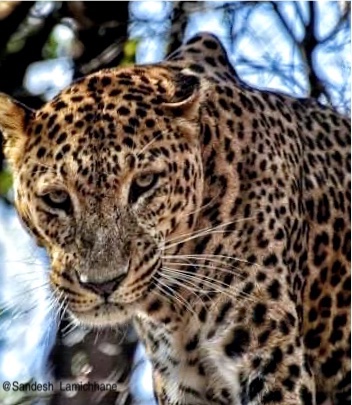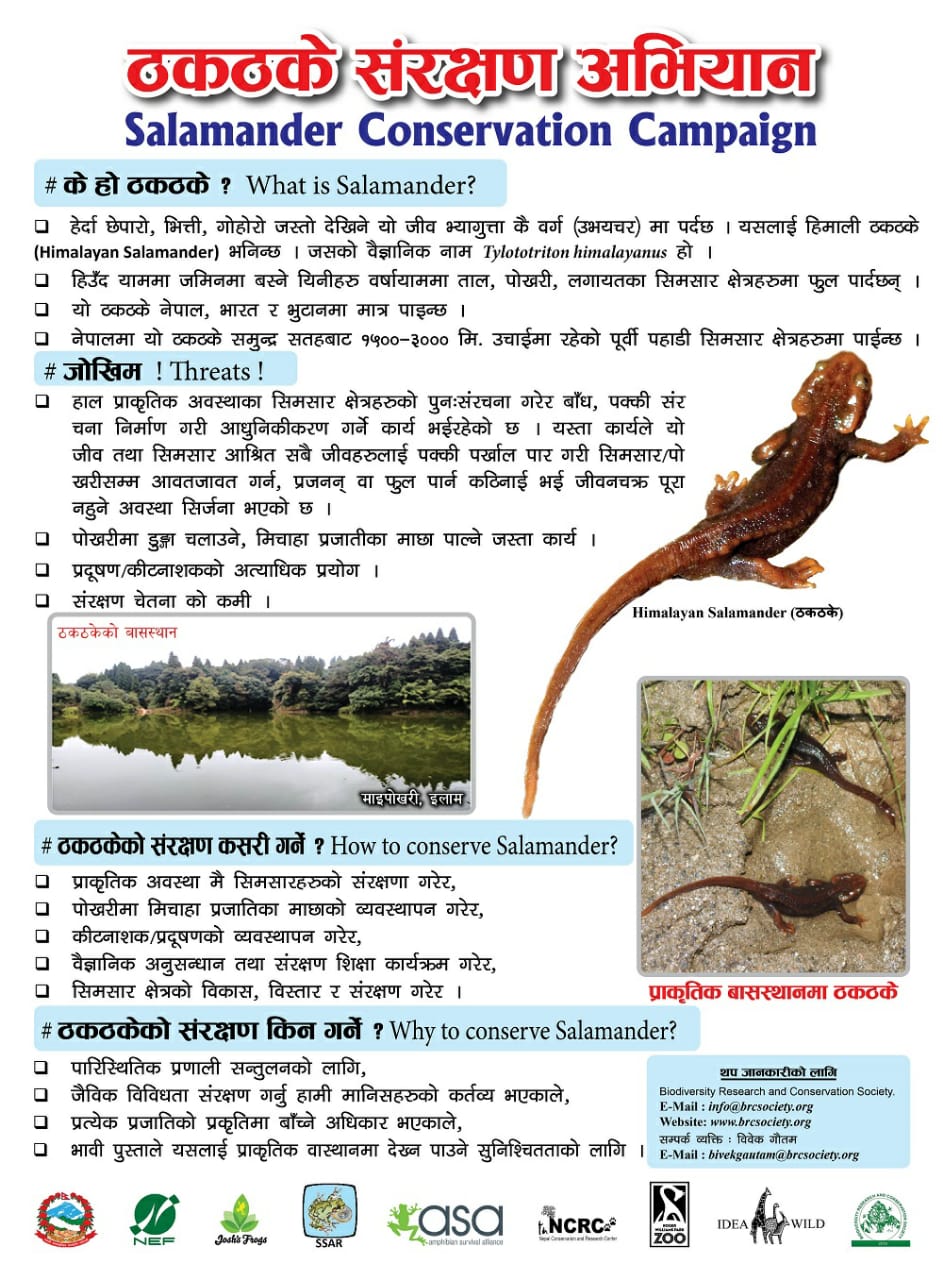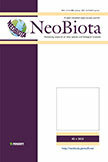Authors: Suraj Baral, Amar Kunwar, Dipendra Adhikari, Kanti Kandel, Dev Narayan Mandal, Arjun Thapa, Dinesh Neupane and Tej Bahadur Thapa
Abstract: Context. Human-induced changes in climate and land cover have altered the distribution of fauna around the globe. Some reptiles have been found to be vulnerable to these changes; therefore, studies to identify the impact of the changes on other groups of reptiles are necessary. Aims. We aimed to study the impact of climate and land cover change on the yellow monitor (Varanus flavescens) in Nepal. We also aimed to identify the current distribution range and predict the potential distribution under multiple climate change, corresponding land cover change, and dispersion scenarios in the near-and mid-future. Methods. We used available presence locations with a candidate set of the least-correlated environmental variables and an Ensemble of Small Models (ESM), a Species Distribution Model (SDM) approach suitable for species with small sample size. Additionally, dispersal scenarios of 1 km, 5 km, and 10 km were added to the model to determine the future distribution under the dispersal scenarios. Key results. We found soil particle size, distance to forest, precipitation of wettest quarter, bulk density, and elevation were the five most important variables contributing to the distribution of the species. The Terai lowland and wide valleys in Outer Himalayas are currently suitable but are expected to experience a substantial decrease under most future climate projections and dispersal scenarios. Conclusions. The distribution is mostly dependent on soil-related variables; however, climatic variables might have a greater impact on future suitability. Implications. Limiting emissions contributing to climatic changes, conserving the soil outside the protected areas, and the potential areas where the species will not experience habitat loss might contribute to the conservation of the species.







